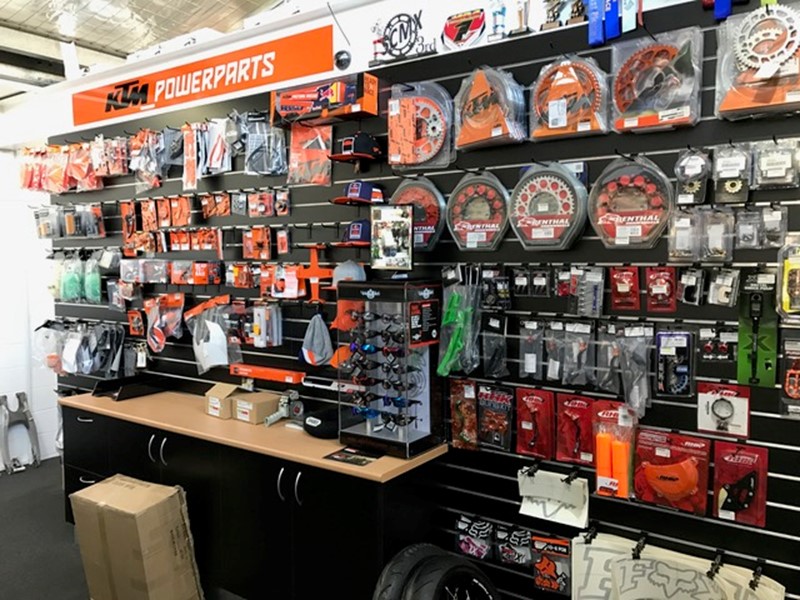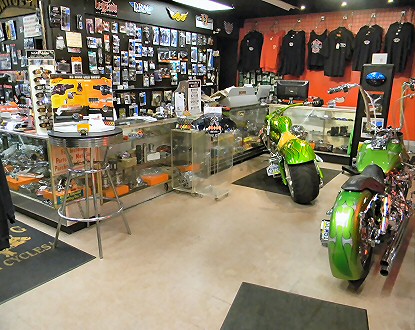Check Out the current Motocross Gear NZ for Every Level of Rider
Check Out the current Motocross Gear NZ for Every Level of Rider
Blog Article
Understanding the Important Parts of a Motorbike: A Comprehensive Overview for Lovers
For bike enthusiasts looking to raise their riding experience and ensure their bikes run efficiently, comprehending the vital components of a motorbike is vital. Each component, from the engine's elaborate functions to the crucial function of the braking mechanisms, not just impacts efficiency however also security and comfort. This guide will go through the essential components that every rider ought to know with, allowing educated selections in both upkeep and possible upgrades. As we start this expedition, one must ask: just how does each part interact to create the smooth ride every enthusiast seeks?
Engine Elements

The camshaft plays an essential role in controlling the timing of the engine's valves, making certain the accurate opening and closing needed for efficient gas and air intake, in addition to exhaust expulsion. This timing is critical to preserving optimum engine performance and effectiveness. In addition, the carburetor or fuel injection system, depending upon the motorcycle version, is in charge of mixing air with gas in the proper ratio for combustion.
The air conditioning system, either air or liquid-based, functions to maintain the engine's temperature within operational limitations, protecting against overheating and guaranteeing durability - motocross parts nz. Each component, carefully created and incorporated, adds to the smooth procedure of the engine, defining the motorcycle's power output and overall performance
Transmission System
Important to the bike's capability, the transmission system ensures efficient power transfer from the engine to the wheels. This system comprises several important parts, including the clutch, transmission, and last drive, each playing a crucial duty in converting the engine's power right into motion. The clutch, normally run by a hand bar, offers to engage and disengage the engine from the transmission, enabling for smooth equipment adjustments and controlled velocity.
The transmission, commonly described as the transmission appropriate, contains a set of equipments that cyclists can by hand move with to adjust the bike's speed and torque result. These equipments are set up in a sequence that enables the motorcycle to increase efficiently and preserve optimal engine efficiency throughout various speeds. The majority of bikes use a sequential gearbox, calling for the motorcyclist to move gears in a fixed order.
Braking Systems
While comprehending the transmission system is key to harnessing a bike's power, just as crucial is the ability to regulate and stop that power efficiently, which is where stopping systems enter into play. Brakes are critical for security and performance, supplying the biker with the necessary control to browse various surfaces and conditions. Typically, motorbikes feature 2 sorts of braking systems: disc brakes and drum brakes.
Disc brakes are more widespread in modern motorcycles due to their exceptional performance. They include a brake disc, caliper, and pads. When turned on, the caliper squeezes the brake pads versus the rotating disc, transforming kinetic energy right into warm, therefore slowing the wheel. This system supplies better warm dissipation, regular performance, and improved quiting power, particularly in damp conditions.
Alternatively, drum brakes, though much less common, are still discovered in some motorbikes. They function by pushing brake footwear versus the inner surface of a drum connected to the wheel. While usually much less effective in heat dissipation and stopping power, drum brakes are easier and extra affordable.
Comprehending these stopping systems' subtleties enables cyclists to keep their bikes correctly and appreciate the design that makes certain efficient and risk-free stopping.
Suspension and Guiding
Suspension and steering systems are essential components that considerably affect a motorcycle's handling and trip comfort. The suspension system, including forks at the front and shock absorbers at the back, soaks up road irregularities, improving stability and control. Front forks, inverted or typically telescopic, compress and rebound to mitigate influences, while back shock absorbers keep tire contact with the roadway, crucial for traction and safety.
Steering, focused around the handlebars, connects the biker to the motorcycle's directional control. The guiding head bearings make certain smooth procedure, allowing specific ability to move. Appropriate positioning and upkeep of these bearings are critical for foreseeable steering reaction and lowering motorcyclist tiredness.
The suspension's adjustability is an additional important element; preload, damping, and rebound settings permit personalization to suit numerous riding styles and problems. This versatility is vital for optimizing efficiency, whether browsing urban roads or dealing with rugged routes. Advancements like electronic shock absorber supply real-time changes, improving ride top quality throughout diverse surfaces.

Electrical Equipments
After guaranteeing a smooth and controlled experience through reliable suspension and steering systems, interest turns to the electric systems, a my blog critical aspect of modern motorcycles. These systems play a crucial role not just in beginning the engine but additionally in powering different parts that enhance the performance and safety and security of the motorcycle.
At the heart of a motorbike's electric system is the battery, which stores electrical power essential for starting the engine and powering auxiliary systems - motorcycle parts nz. The generator or generator, paired with the rectifier-regulator, ensures the battery stays billed while the bike functions, converting power into electric energy and preserving voltage degrees
The ignition system, an additional vital part, is liable for stiring up the air-fuel mixture in the engine's cylinders. Modern motorbikes often utilize an electronic ignition system, providing greater effectiveness and integrity compared to typical systems.
Lighting systems, including fronts lights, tail lights, and signs, are additionally vital, ensuring exposure and security for the cyclist. Added digital elements such as sensors, control systems, and displays add to advanced attributes like gas shot administration, anti-lock braking systems (ABDOMINAL), and digital dashboards, further boosting the riding experience.
Verdict
A thorough understanding of a bike's vital components, consisting of the engine, transmission motocross helmet with goggles system, braking devices, suspension, steering, and electric systems, is essential for fanatics aiming to maximize convenience, safety and security, and efficiency. Mastery of these aspects allows for notified decisions pertaining to maintenance and upgrades, eventually improving the riding experience. By integrating this expertise, motorcyclists can ensure their bikes run at peak performance and integrity, thereby taking full advantage of both pleasure and durability of their automobiles.
For motorcycle lovers looking to raise their riding experience and ensure their bikes run smoothly, comprehending the necessary parts of a motorbike is paramount.Important to the motorcycle's performance, the transmission system makes sure effective power transfer from the engine to the Read More Here wheels.While understanding the transmission system is essential to harnessing a bike's power, equally vital is the capacity to control and quit that power effectively, which is where stopping systems come into play. Generally, motorbikes include 2 kinds of stopping systems: disc brakes and drum brakes.
A comprehensive comprehension of a motorbike's important components, consisting of the engine, transmission system, braking systems, suspension, steering, and electrical systems, is indispensable for enthusiasts intending to enhance convenience, security, and efficiency.
Report this page